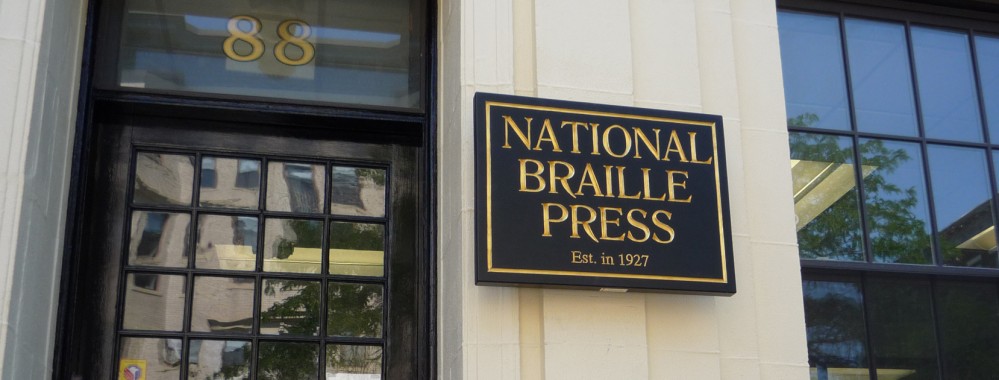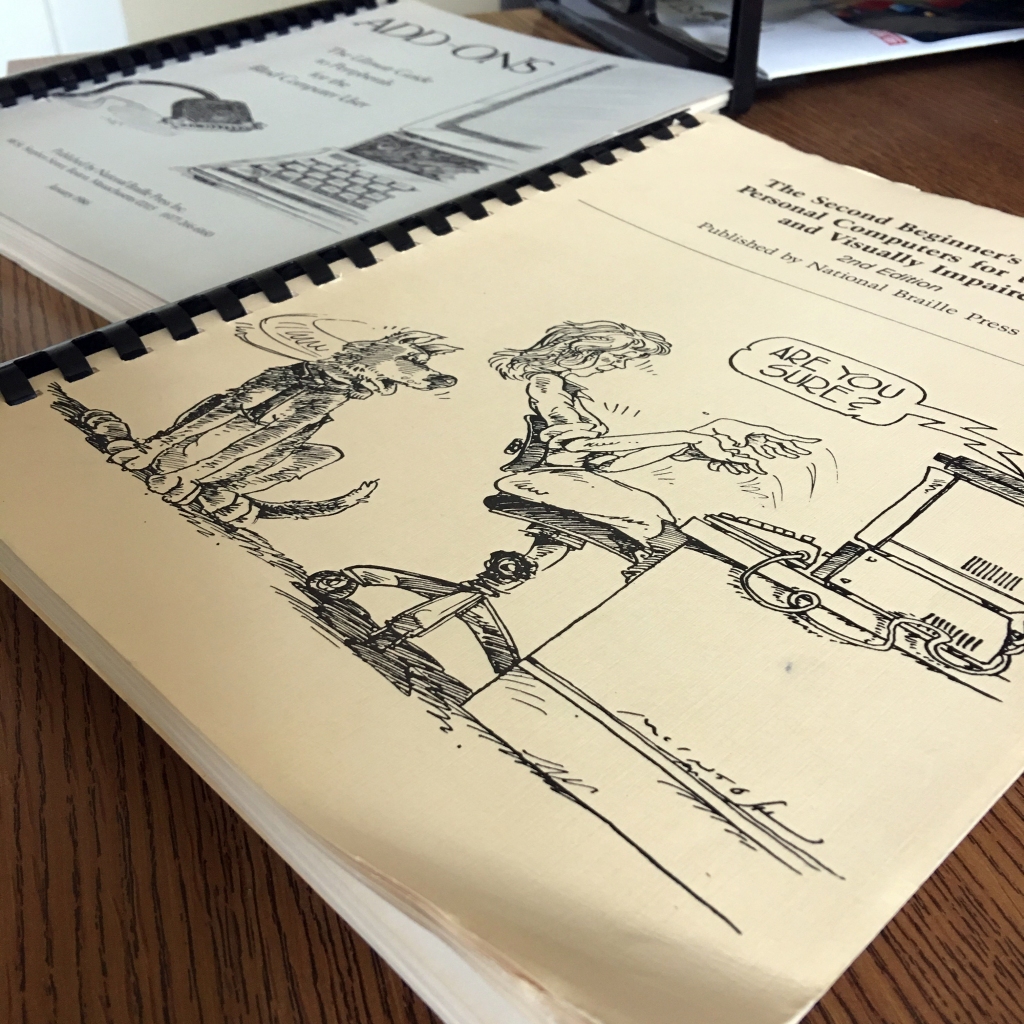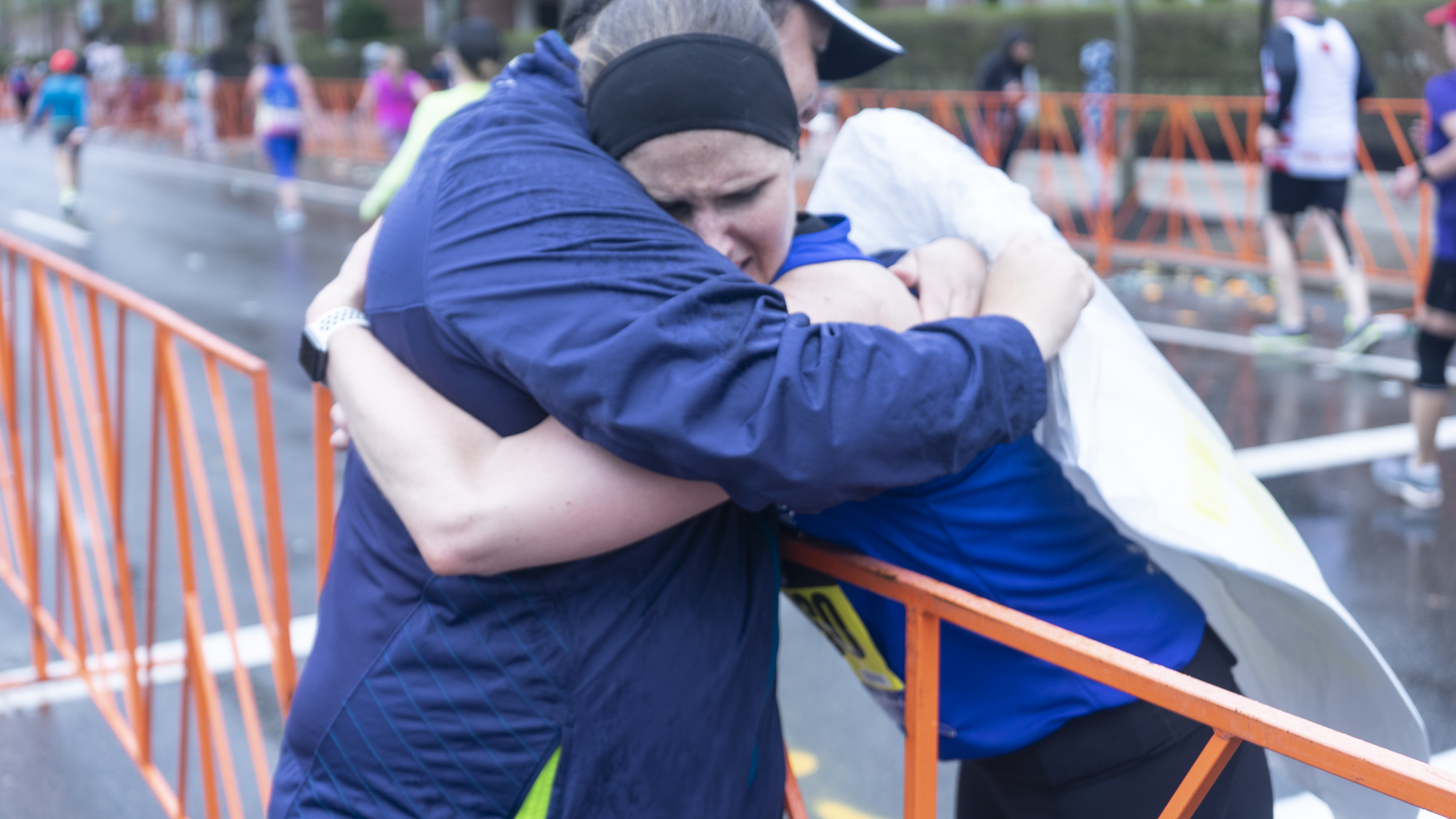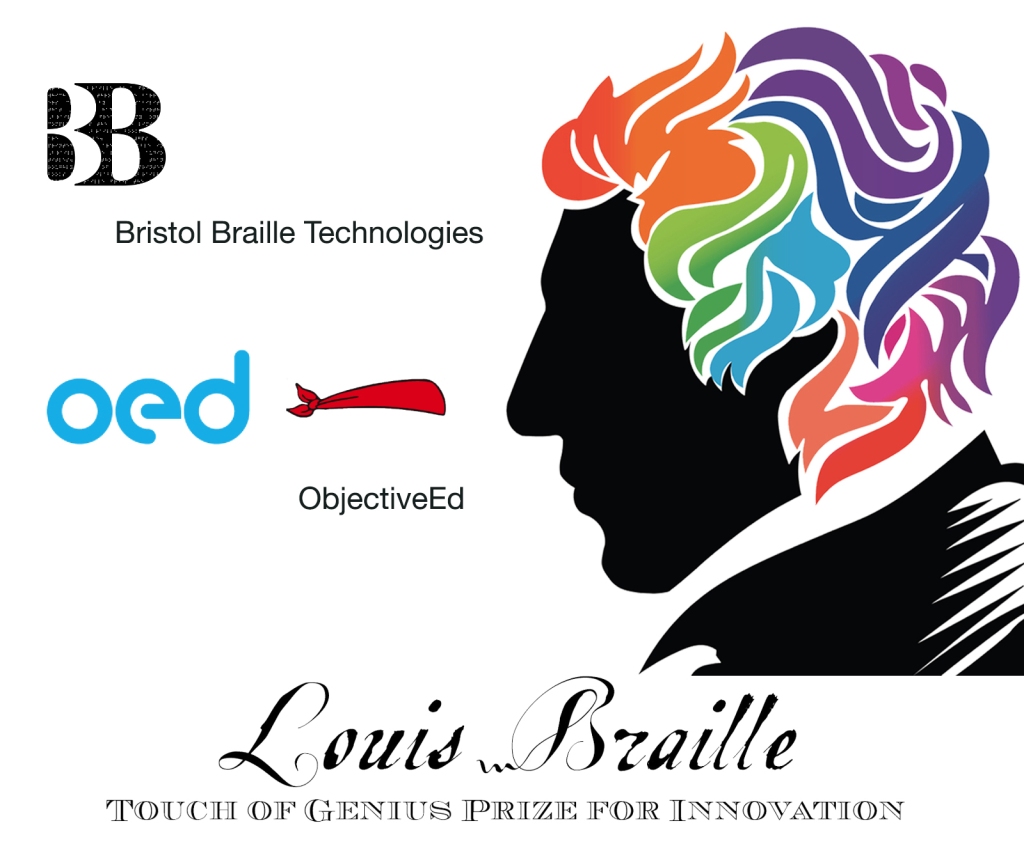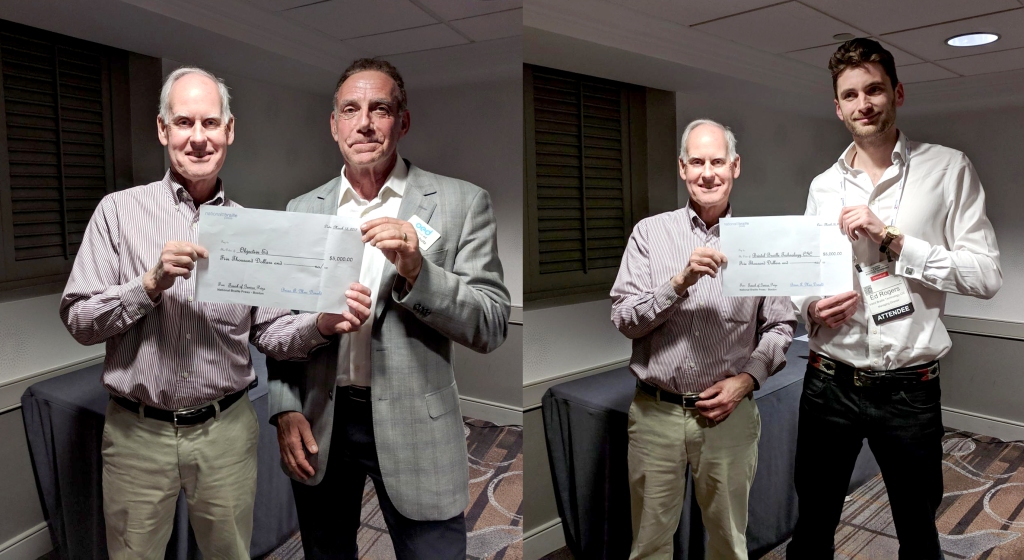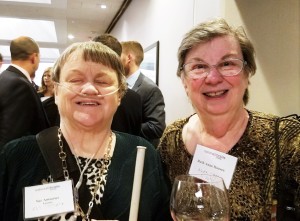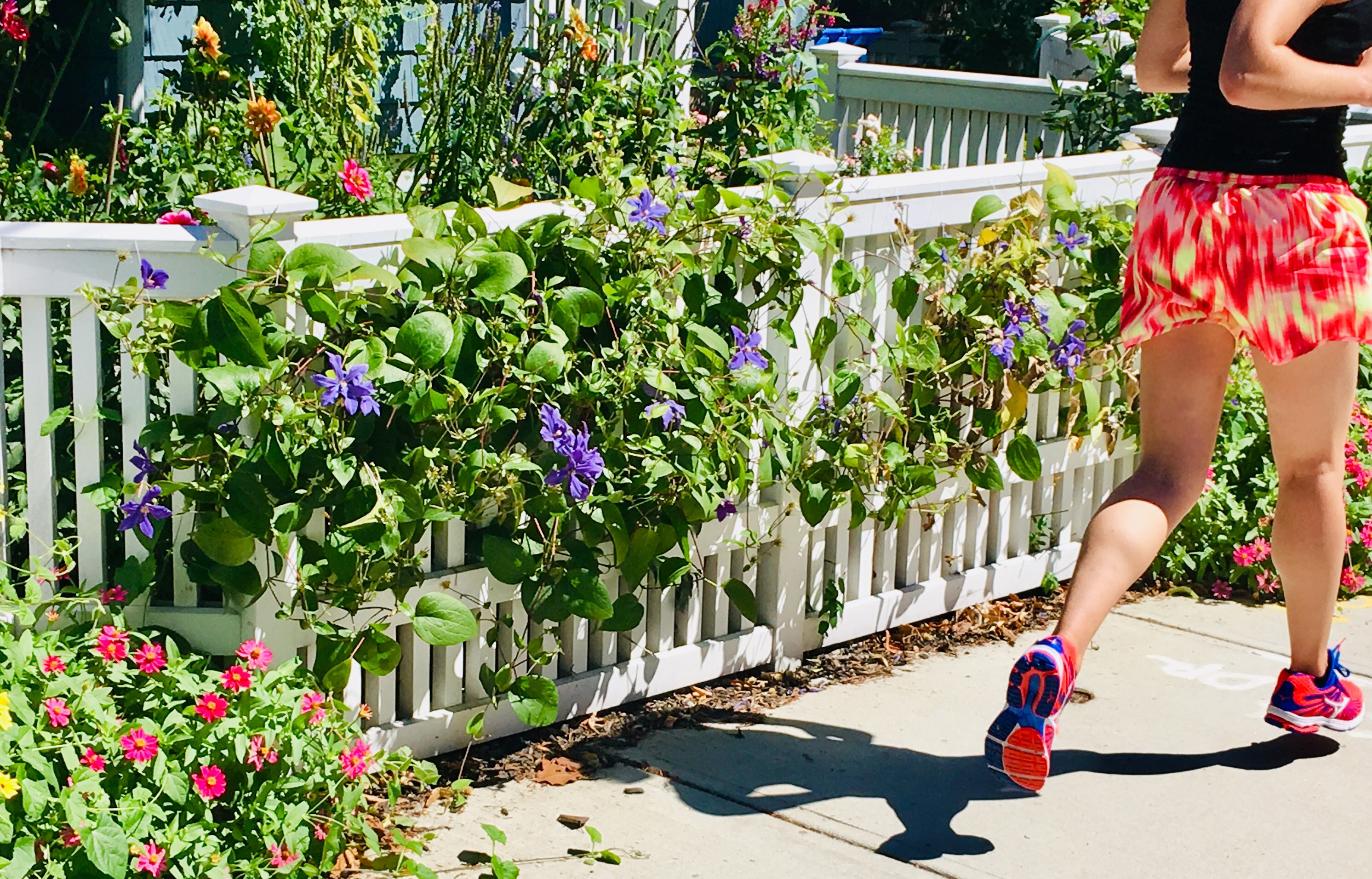
Today is National Running Day! Did you lace up your shoes? For those of us who are blind, getting out for a run can be a challenge. Being a runner for almost 29 years, I thought I would share some tips on getting started with running, and also how a blind person can get some running in, even if they can’t see what is directly in front of them.
Getting Started:
- In the beginning, run at 60% of your maximum speed. A good way to check on the pace is if you are able to have a conversation while you are running. Yes, you can and should be breathing a little heavier, as long as you are able to get words out and hold a conversation.
- Build up to 20 minutes at the same pace; better to start slow and feel comfortable than to start off like a rocket. Distance is not as important as time when you are new to running.
- Be consistent with your cardio. Running every other day is better than twice a week. Not only will your lungs appreciate the consistency, but so will your bones, joints and muscles.
- Stretch for 5-10 minutes after your run. The best stretching takes place after your muscles are warmed up. If you are tired on your run, use a break to stretch for a couple minutes after 10 minutes of running and end your workout with a post run stretch.
- Increase your run by 10%-25% as you get more comfortable with the distance.
Options for those who are blind to get out and run are at times dependent on machines and volunteer guides. If you have enough functional vision to get out and run on your own, I recommend you find a track and do laps. Most tracks are a quarter mile to a lap. If you have a treadmill, or access to a tread mill, put braille marks for speed, up and down, miles per hour, start and stop so you can navigate. Of course this is easier to do at home, but if you belong to a gym, ask them if you can put braille labels on their treadmill. I have found that most people that work in gyms are understanding and want to be helpful and encouraging. Worse case scenario, ask them to start the machine for you and increase the speed to where you want to be running at. Make sure you know where the stop button is or the emergency button is so you finish when you want to finish. While most treadmills are touch screens, the emergency buttons are not, it is usually a plastic key that is magnetically attached to the treadmill. Once you pick it up, it stops the treadmill.
The best place to run is outside! You can enjoy the weather and make new friends with your volunteer guides. Reach out to your friends and network to find out if there are any runners among them. Check out unitedinstride.com, which is a web site that allows you to search for people who are interested in volunteering as guides and will try to match you in your city. Reach out to your local running club and let them know what your goals are and what type of help that you need.
Over the years, I have built up a roster of people that I train with, so I have been able to develop a schedule for who I run with on what day of the week. It’s a great way to build up a routine and stay on track, it keeps my guides on schedule too!
I have benefited a lot from running. Not only has it been a competitive outlet for me, it has been a great way for me to challenge myself, make lifelong friendships and as a way to improve my health.
Happy running! Remember, there are more people who are willing to be guides than there are blind runners!
Written by Joe Quintanilla, Vice President of Development and Major Gifts at National Braille Press and runner extraordinaire.
Joe ran the Boston marathon in 1994 and made the US Paralympic marathon team for the 1996 games in Atlanta, GA. Joe has been instrumental in establishing running-based fundraising here at National Braille Press. Just this year, NBP runners have raised over $37,000. If you are interested in 2020 opportunities to run for NBP, sign up for our News and Events Email List.
